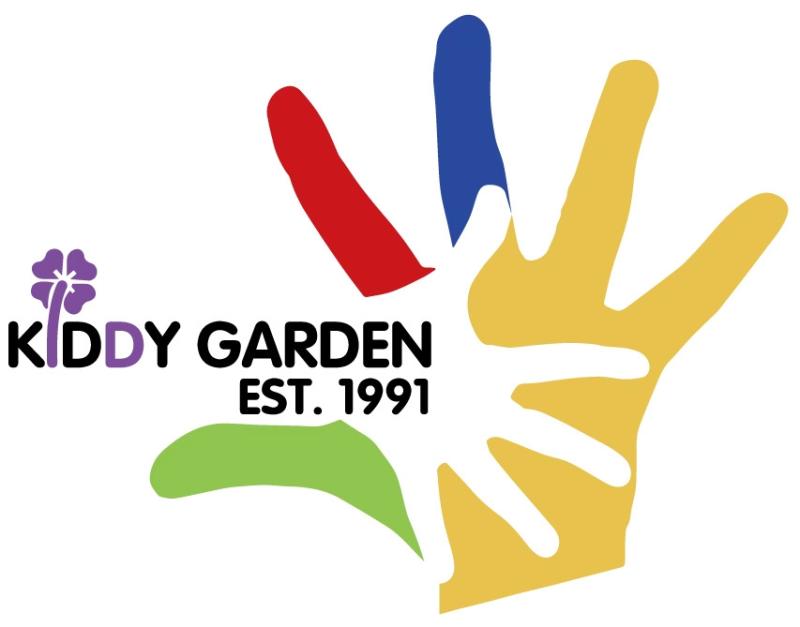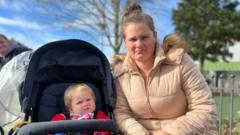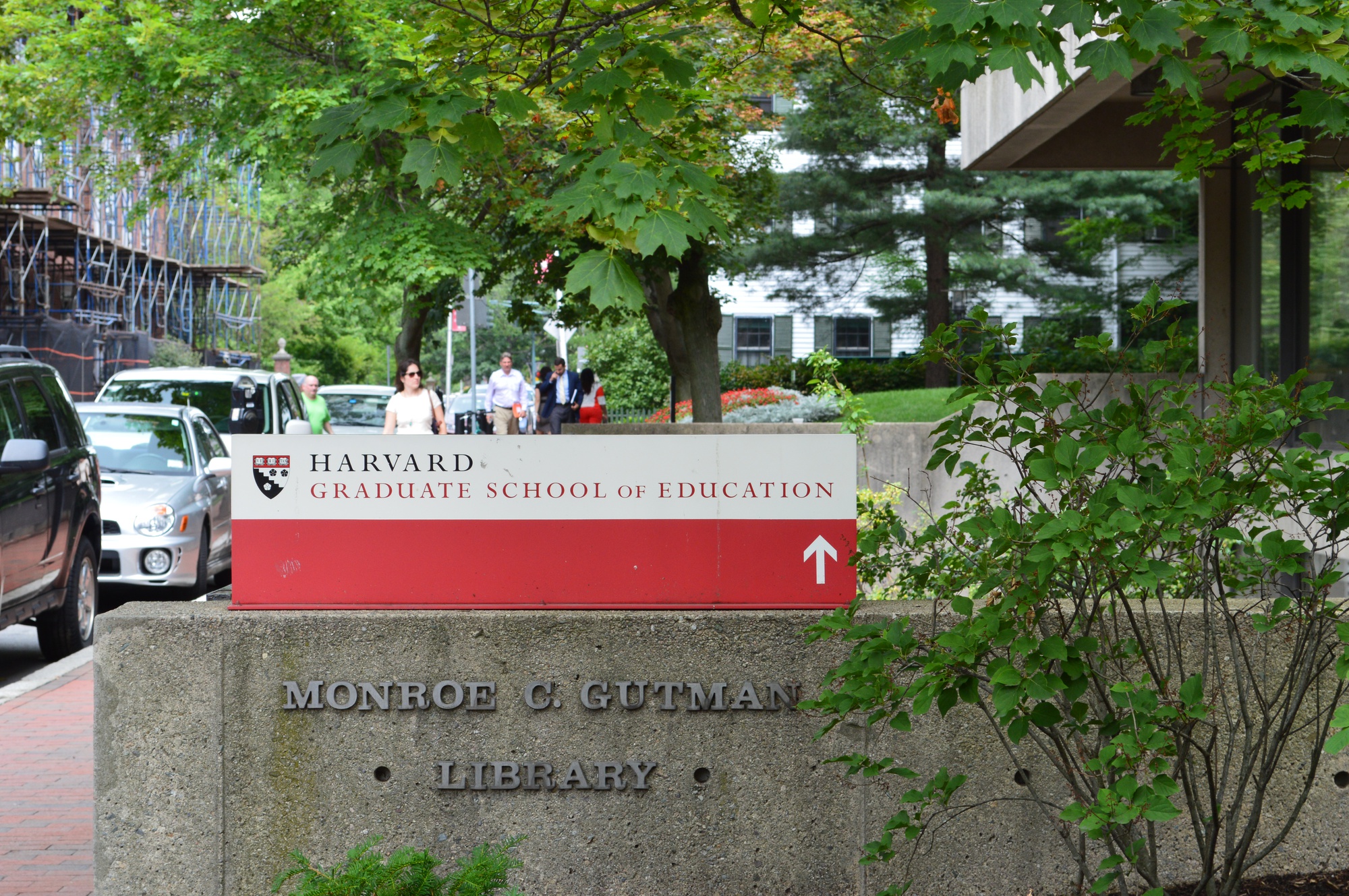Report on Kiddy Garden Child Care Center’s Program Expansion and Alignment with Sustainable Development Goals
This report details the recent service expansion by Kiddy Garden Child Care Center in Schaumburg and Hawthorn Woods, Illinois. The analysis focuses on how these developments contribute to the United Nations Sustainable Development Goals (SDGs), particularly in the areas of quality education, gender equality, and community well-being.
Program Enhancements and Contribution to Sustainable Development Goals (SDGs)
Kiddy Garden’s expansion and introduction of new programs directly support several key SDGs, demonstrating a commitment to fostering sustainable community development through early childhood education.
Advancing SDG 4: Quality Education
The center’s core mission aligns with SDG 4, which aims to ensure inclusive and equitable quality education for all. The recent initiatives significantly contribute to Target 4.2: ensuring access to quality early childhood development, care, and pre-primary education.
- Mandarin Language Immersion: The new program provides children with early exposure to a second language, enhancing cognitive development and promoting global citizenship, a key tenet of quality education.
- STEM Enrichment: The integration of Science, Technology, Engineering, and Math (STEM) activities into the curriculum equips children with foundational skills for critical thinking and problem-solving, preparing them for future academic success.
- Holistic Curriculum: The play-based learning model supports the holistic development of children, addressing their cognitive, social, emotional, and physical needs, which is essential for quality early education.
Supporting SDG 5 (Gender Equality) and SDG 8 (Decent Work and Economic Growth)
By providing reliable and high-quality childcare, Kiddy Garden serves as a critical support system for working families, thereby advancing goals related to economic participation and gender equality.
- Enabling Workforce Participation: The availability of childcare enables parents, particularly women, to pursue and maintain employment, contributing directly to SDG 5 (Gender Equality) and SDG 8 (Decent Work and Economic Growth).
- Creating Stable Employment: The center provides stable employment for its dedicated staff, many of whom have over a decade of service, fostering a professional environment that supports the local economy.
Fostering SDG 3 (Good Health and Well-being) and SDG 10 (Reduced Inequalities)
The center’s focus on a nurturing environment and inclusive programming contributes to the well-being of children and helps reduce long-term inequalities.
- Nurturing Environment: A safe and caring atmosphere supports the mental and emotional well-being of children (SDG 3).
- Inclusive Learning: Early education is a fundamental tool for reducing inequalities (SDG 10). By providing a strong developmental foundation, the center helps ensure all children are better prepared for primary schooling, regardless of their background.
Operational Framework and Program Details
The center’s operational structure is designed to deliver high-quality educational outcomes across various age groups.
Age-Specific Curriculum Structure
- Infant Program: Focuses on sensory development and foundational motor skills.
- Toddler Program: Emphasizes language acquisition and the development of social interaction skills.
- Two’s Program: Aims to promote independence, self-help skills, and problem-solving abilities.
- Pre-K Program: Prepares children for kindergarten with a structured curriculum covering foundational academic skills.
Enrichment and Staffing
- Enrichment Programs: Beyond the core curriculum, activities in art, music, and STEM are offered to foster creativity and critical thinking.
- Professional Staff: The center employs highly trained and experienced staff committed to early childhood education, ensuring continuity of care and a deep understanding of each child’s developmental needs.
Enrollment and Contact Information
Enrollment is currently open for the upcoming term. The expansion reflects the center’s ongoing commitment to meeting community needs and contributing to sustainable development through accessible, high-quality early childhood education.
Facility Locations
- Schaumburg: 2203 W. Schaumburg Rd., Schaumburg, IL 60194 | (847) 352-5744
- Hawthorn Woods: 1250 W. Old McHenry Ct., Hawthorn Woods, IL 60047 | (847) 469-6988
SDGs Addressed in the Article
SDG 4: Quality Education
- The article focuses entirely on the provision and expansion of early childhood education services by the Kiddy Garden Child Care Center. It details programs for various age groups from infants to pre-kindergarten, emphasizing a commitment to “high-quality early childhood education” and “holistic development,” which are central to SDG 4.
Specific SDG Targets Identified
Target 4.2: Ensure access to quality early childhood development, care, and pre-primary education
- The article directly addresses this target by describing Kiddy Garden’s expansion of services to “meet the growing needs of families.” It offers programs for children aged “6 weeks to Pre-K,” including specific infant, toddler, and Pre-K programs. The curriculum is designed to prepare children for primary schooling (“prepares children for kindergarten with foundational academic skills”), which aligns perfectly with the goal of ensuring children are ready for primary education.
Indicators Mentioned or Implied
Indicator 4.2.1: Proportion of children under 5 years of age who are developmentally on track in health, learning and psychosocial well-being, by sex
- This indicator is implied through the description of the center’s curriculum and goals. The article states that programs are focused on “sensory development and motor skills,” “language development and social skills,” “independence and problem-solving abilities,” and “creativity, critical thinking, and overall development.” These are all key measures of a child being “developmentally on track.” The center’s mission to ensure “holistic development” and “academic and social success” is a direct reflection of the outcomes measured by this indicator.
Indicator 4.2.2: Participation rate in organized learning (one year before the official primary entry age), by sex
- This indicator is implied by the center’s expansion and open enrollment for its “Pre-K Program.” By expanding its facilities in Schaumburg and Hawthorn Woods and opening enrollment, Kiddy Garden is actively working to increase the number of children participating in organized learning before they enter kindergarten. The article’s announcement serves as a call to action for parents to enroll their children, thereby contributing to the local participation rate.
Summary Table of SDGs, Targets, and Indicators
| SDGs, Targets and Indicators | Description | Connection to the Article |
|---|---|---|
| SDG 4: Quality Education | Ensure inclusive and equitable quality education and promote lifelong learning opportunities for all. | The article’s entire focus is on the Kiddy Garden Child Care Center’s provision of “high-quality early childhood education” and programs designed for “holistic development.” |
| Target 4.2 | By 2030, ensure that all girls and boys have access to quality early childhood development, care and pre-primary education so that they are ready for primary education. | The center is expanding its services for children from infancy to pre-K, with a specific “Pre-K Program” to prepare children for kindergarten, thereby increasing access to pre-primary education. |
| Indicator 4.2.1 | Proportion of children under 5 years of age who are developmentally on track in health, learning and psychosocial well-being. | Implied through the curriculum’s focus on “sensory development,” “motor skills,” “language development,” “social skills,” and “problem-solving abilities” to ensure “holistic development.” |
| Indicator 4.2.2 | Participation rate in organized learning (one year before the official primary entry age). | Implied by the expansion of the center and the open enrollment for its “Pre-K Program,” which directly contributes to increasing the participation of local children in organized learning. |
Source: openpr.com






